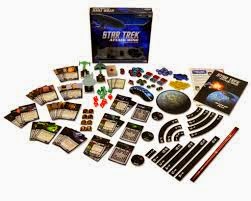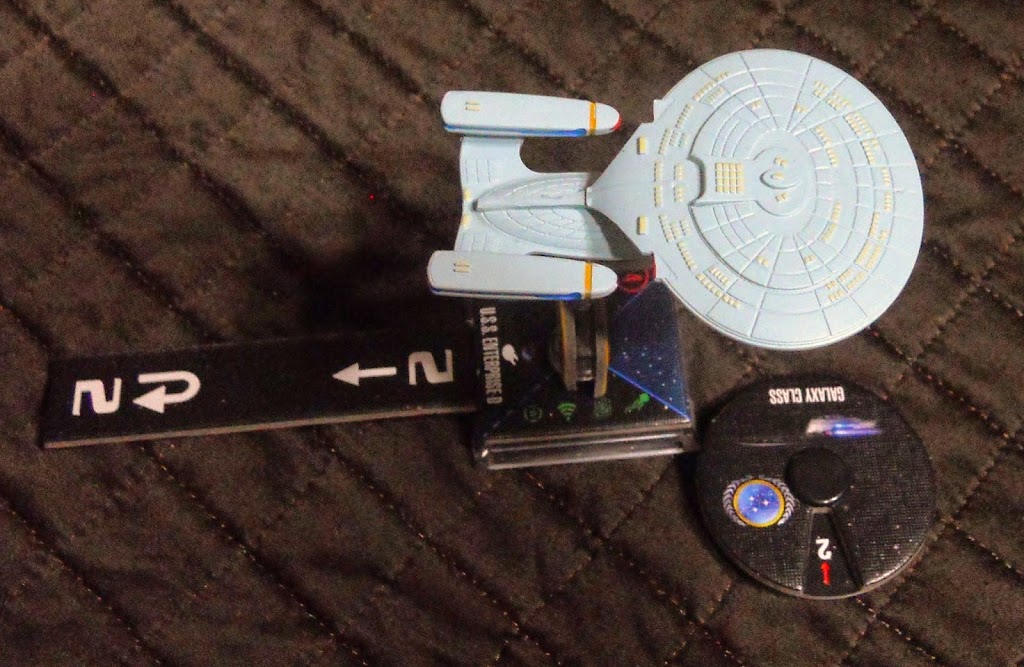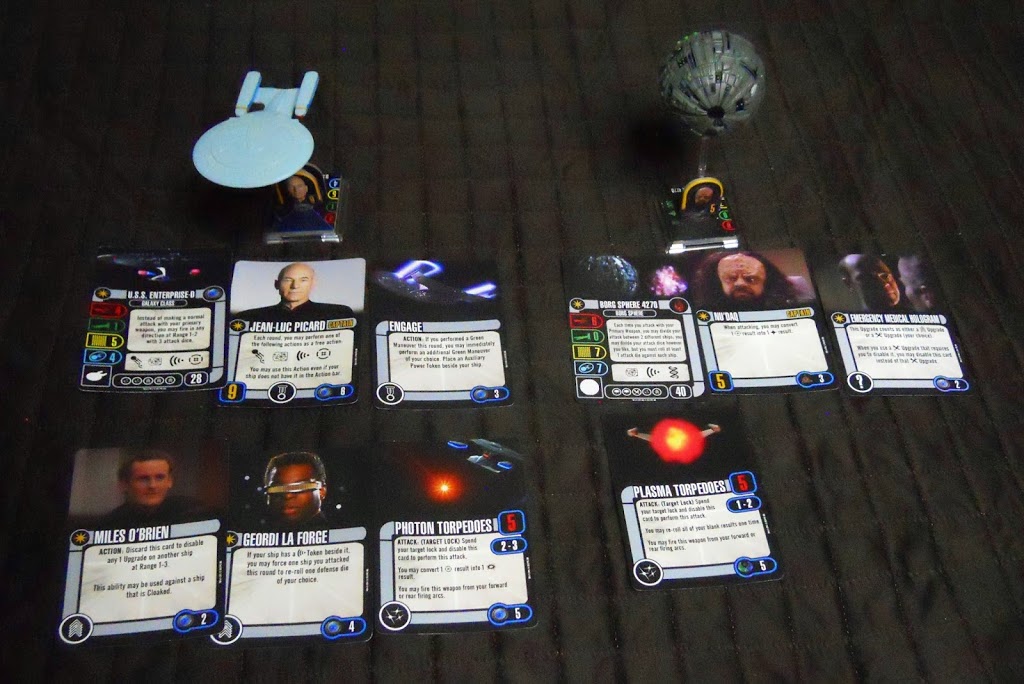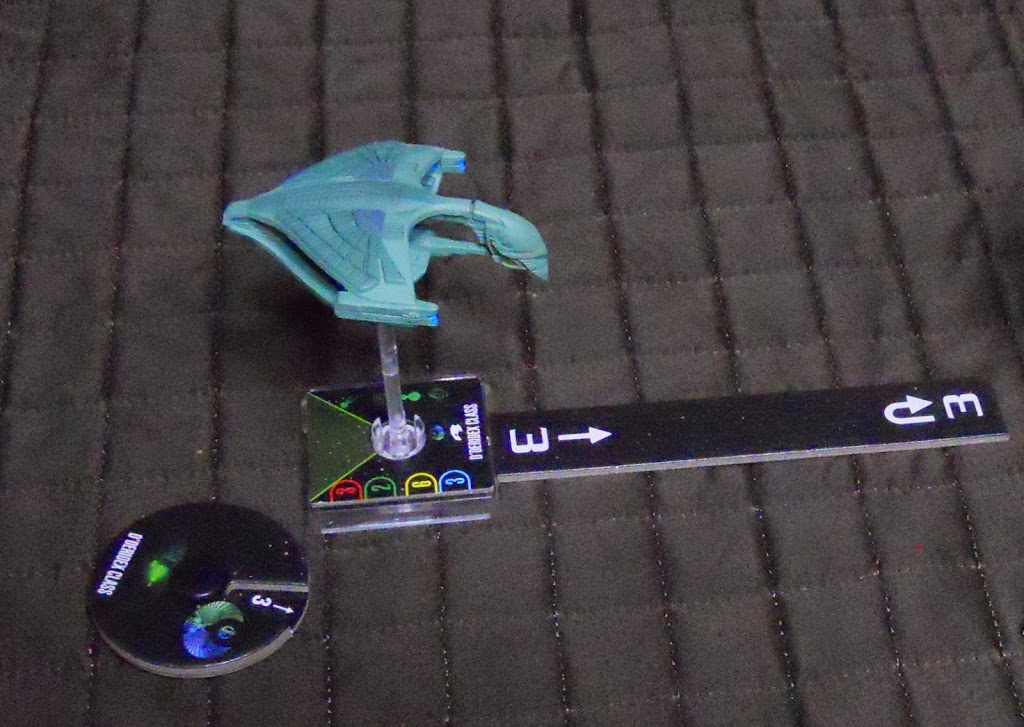Star Trek Attack Wing: An Intro
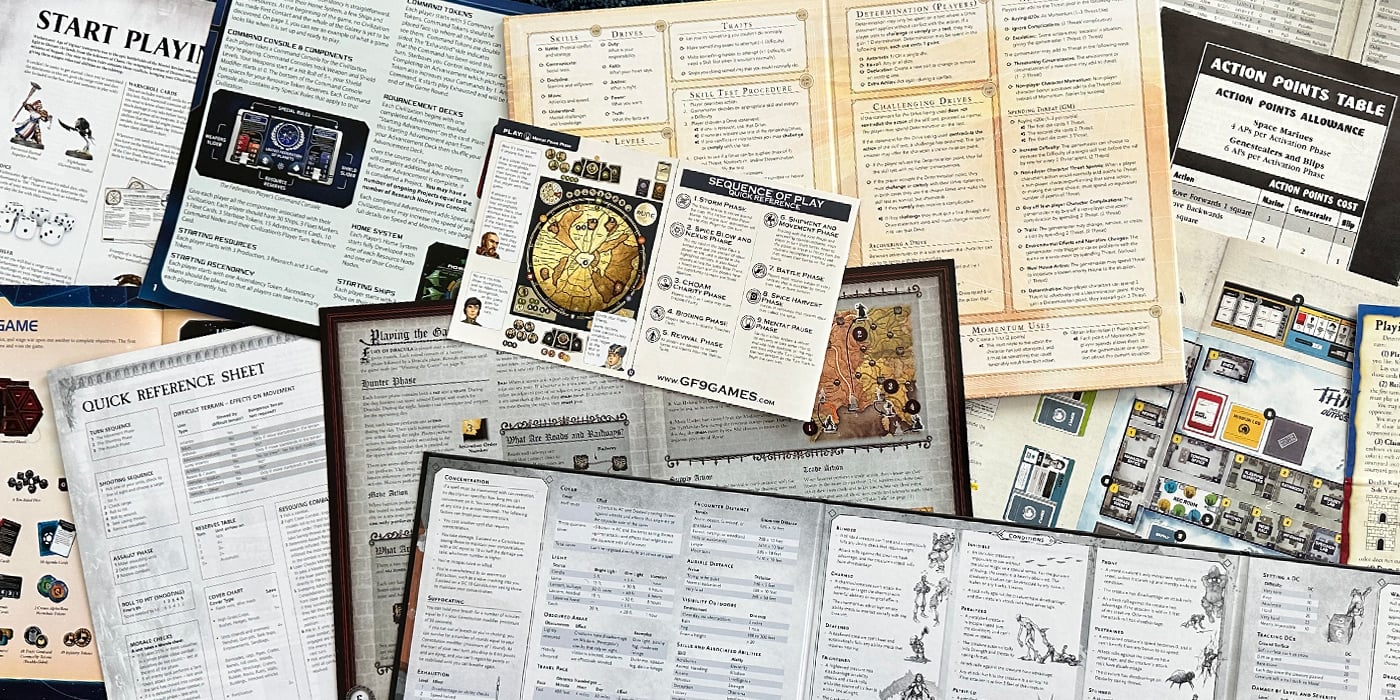
Stop fidgeting and listen up cadets. I’m not letting you sit in the Captain’s Chair until I’m satisfied you know what you’re doing.
Gentleben here, and I’m as excited as Wesley Crusher swapping in his unisex onesie for a new Starfleet uniform because I’ve just opened my new Star Trek Attack Wing starter from Wizkids/NECA. Why did it take me so long to combine my love of Star Trek with my love of minis gaming? Maybe it’s got something to do with the fact that there have been almost no articles about it on BoLS. An intensive multiphasic scan of the site has revealed only one: a primer by DrLove42.
So despite the lack of articles, I’m sure most BoLS readers will know at least one thing about Star Trek Attack Wing: it has very similar rules to Fantasy Flight’s incredibly popular X-Wing. How similar? Wizkids actually licensed them from Fantasy Flight so they could use them for a Star Trek game. Still, if all those alternate universe episodes taught us anything it’s that similar is not identical.
First of all, Attack Wing is a bit more customizable than X-Wing. Like X-Wing, all named ships (The Enterprise, The Defiant, etc.) have some kind of interesting special rule. The difference is that named or not, they also all come with upgrade slots, like the Millennium Falcon and other larger ships. Even the cheapest ships have at least three slots. Ships don’t come with a pilot score (it’s called a Captain Score in Attack Wing) and must have a Captain chosen for them. In addition to giving the ship its Captain Score, named Captains will have another interesting special rule. Then you can further upgrade your ship with Crew, Tech, and Weapons (whichever its slots allow) to let you do more special stuff, or just add to your stats. You can even upgrade the Captain himself with Elite Talents, if his card allows. The truth is that with all the releases out for the game things can get pretty gonzo. Especially since you can pay a trivial points penalty to mix upgrades outside of factions.The internet abounds with crazy combos. Fortunately the cheapest ships in Attack Wing are fairly useless without upgrades, so it doesn’t get quite as swarmy. The swarmiest builds seem to max out around 5 ships, and those are definitely not the most competitive way to go.
Another key difference is the way ships maneuver. Some can go in reverse, while the Borg can actually go sideways. There are also more maneuvers included in the game with a 4 bank and a 6 straight. There are also extra actions like cloak, which disables a ship’s shields to give it an extra four defense dice. Only cloaked ships can do “barrel rolls” only they’re called “sensor echoes” and they will let you offset a ship by up to 2. Then there are the Borg (again) that have a weird action of their own that lets them repair. Of course you’ve probably also heard that the Attack Wing ships aren’t quite as nice as the X-Wing ones. I wish I could dispute this, but it’s true. In fact it kind of applies to all the components.
Is it really fair though, to describe a game solely in the context of it’s relationship to another game? I mean, if you asked Spock what a Vulcan was, I doubt he’d reply by saying “we’re very similar to Romulans” and leave it at that. It would be illogical. So this next part is a brief explanation of Attack Wing for anyone who isn’t familiar with X-Wing.
If you don’t feel like playing with the starter set up, then your first step in a game of attack wing is to decide how many Squadron points you want to play with. Use your Squadron points to buy ships, then captains, then (if you wish) upgrades for them until you reach your points allotment – 80 to 100 is recommended in the rules. You can choose a faction to play from all your Star Trek favorites, but if you don’t want to limit yourself you can mix and match whatever you like. If you do this you will have to shell out an extra point for each upgrade attached to a ship not of its own faction.
After movement is completed each ship without an Auxiliary Power Token may perform one normal action. There are five of these in the base rules. Rather than describe them all I’ll just say they’ll either make it easier for you to hit your opponent’s ships, or make it harder for them to hit yours. Upgrade cards found in the base set and in the game’s many expansions will have more actions for you to test out. Occasionally an ability will give you an additional free action, allowing you to break that 1 action per turn limit.
Each remaining hit will remove a shield token (each ship starts the battle with one of these tokens per point of Shield Value). Once all the shield tokens are gone, you deal damage cards to each ship for every point of damage they take. Damage inflicted by one of those little explosion-y symbols is critical damage and will result in a face up card being dealt. These cards will describe negative effects that will continue affecting your ship throughout the game. Critical hits are always cancelled last so if you roll them and your opponent is out of shields, they’re the hits that will get through. Once a ship has received a number of cards equal to it’s Hull Value, it is destroyed. When only one player has ships remaining, or when a player has completed their Mission Objectives, that player is the winner.
~So those are the basics on how to play. Since that’s only a brief introduction, why not check out the rules? Wizkids has made a PDF of them available online. And if you have an iPhone you can download Space Dock: an unofficial app with all the rules and profiles for Attack Wing. It may be available on other devices but I’m not sure. For my next Attack Wing article I’m going to review the contents of the starter set. I’m also hoping to go over expansions in the future so make sure to keep checking back for more Attack Wing. What do you guys think of the game?

